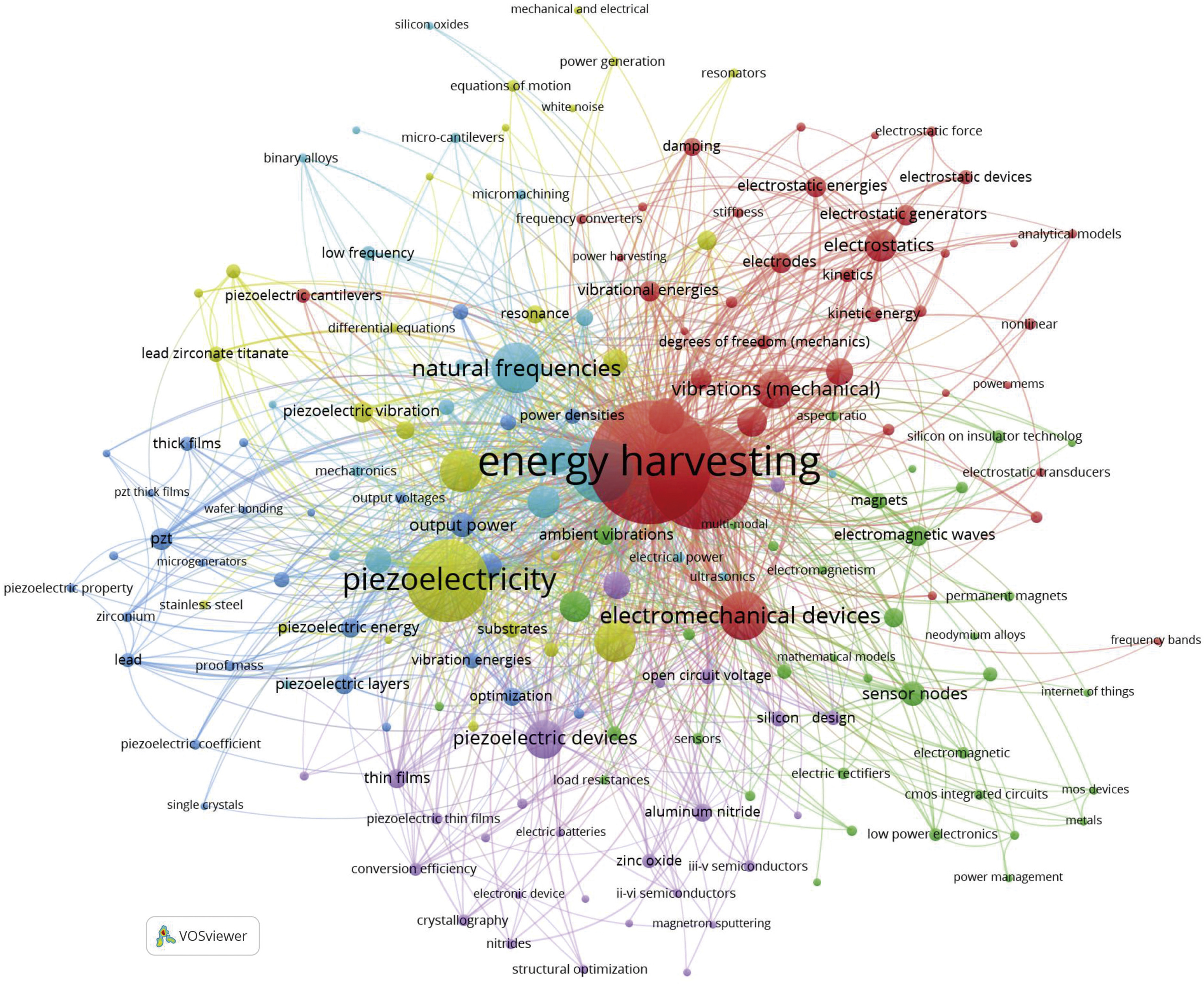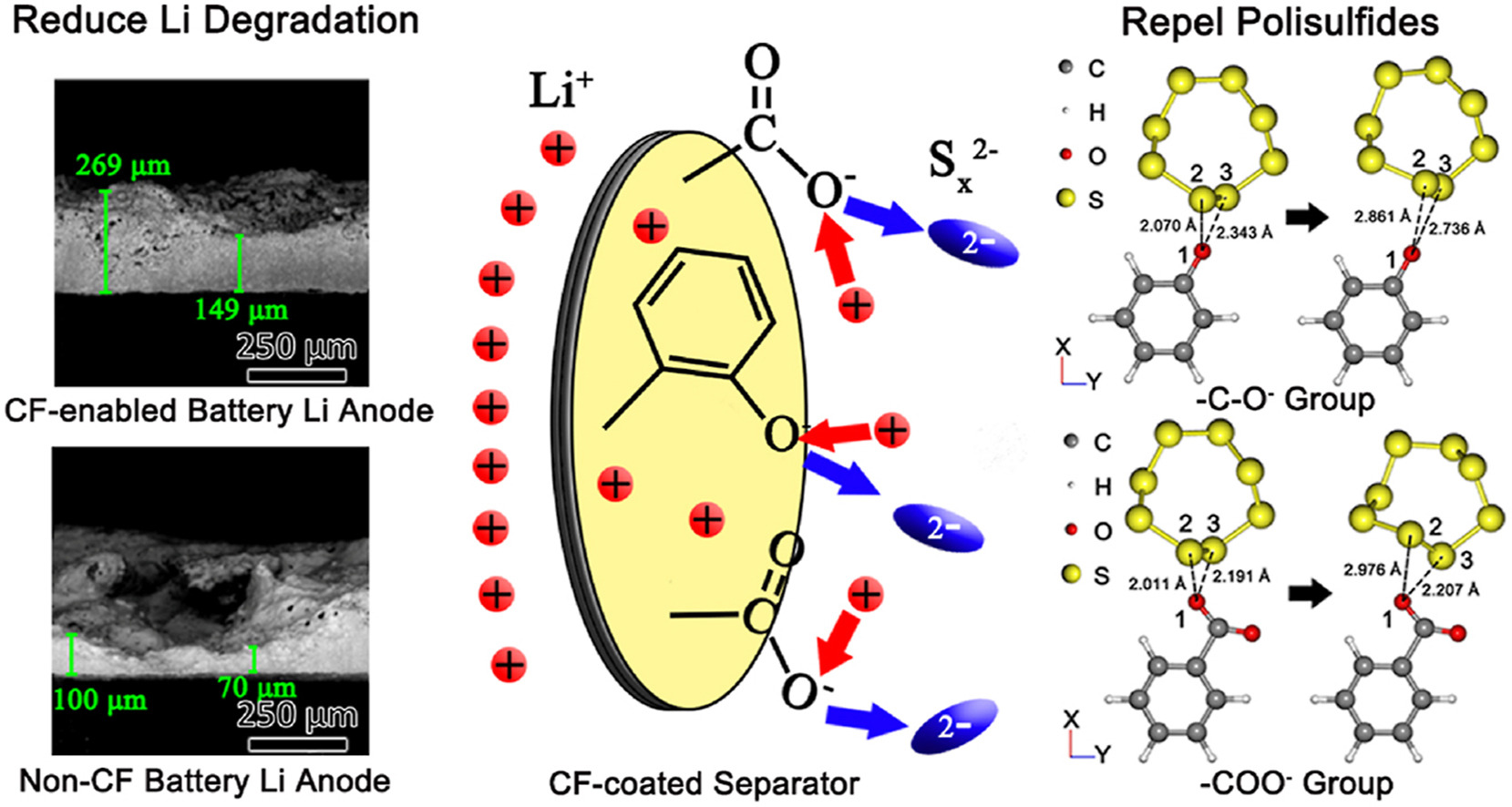Elsevier, Heliyon, Volume 7, March 2021
Food insecurity caused by climate change has become one of the main issues on the global agenda. Worldwide, the importance of digital tools as a means to enhance adaptive capacity and resilience of smallholder farmers (SHFs) in the face of climate variability has long been recognised. Technology-based systems in agriculture frequently neglect to consider the actual context of use and adoption by SHFs in rural and developing contexts.
Elsevier, Heliyon, Volume 7, March 2021
The National Biogas Policy of Ethiopia introduces plans for the implementation of biogas technologies in rural areas. However, rural households' decision to adopt biogas energy technology has been influenced by different socio-economic and institutional factors. This research was therefore undertaken to determine the actual energy consumption status and factors impacting the adoption of biogas technology by rural households in northwestern Ethiopia. Primary data from 182 randomly chosen households and 15 key informants were obtained.
Elsevier, Global Environmental Change, Volume 67, March 2021
Our carbon-intensive economy has led to an average temperature rise of 1 °C since pre-industrial times. As a consequence, the world has seen increasing droughts, significant shrinking of the polar ice caps, and steady sea-level rise. To stall these issues’ worsening further, we must limit global warming to 1.5 °C. In addition to the economy's decarbonization, this endeavour requires the use of negative-emissions technologies (NETs) that remove the main greenhouse gas, carbon dioxide, from the atmosphere.
Elsevier, Heliyon, Volume 7, March 2021
Global warming has been affecting animal husbandry and farming production worldwide via changes in organisms and their habitats. In the tropics, these conditions are adverse for agriculture and animal production in some areas, due to high temperatures and relative humidity, affecting competitiveness related to economic activities. These environments have deteriorated livestock production, due to periods of drought, reduction in forage quality and heat stress, eliciting negative effects on reproduction, weight gain, and reduced meat and milk production.
Elsevier, Heliyon, Volume 7, March 2021
Micro Electro Mechanical System (MEMS) energy harvester's research interests have been increasing rapidly, indicating that the topic has given significant contributions to the sustainable development of energy alternatives. Although many research activities have been conducted and reported since several years ago, only limited efforts have been made to analyze the research's impact in this area. In this paper, we report a bibliometric analysis on the research progress in MEMS for energy harvester.
Elsevier, Transportation Research Part D: Transport and Environment, Volume 92, March 2021
Vehicle driving patterns greatly impact the sustainability of the transportation system. Based on V2X communication, the ecological cooperative adaptive cruise control (Eco-CACC) is proposed combing the advantages of eco-driving and car-following to minimize the energy consumption of the connected automated vehicles platoon. Herein, the vehicle platoon behavior in the scenario of driving through a signalized intersection exhibits great benefits for sustainability which is even improved along corridors with more traffic lights.
Elsevier, The Lancet Planetary Health, Volume 5, March 2021
Background: Ambient air pollution is a major environmental cause of morbidity and mortality worldwide. Cities are generally hotspots for air pollution and disease. However, the exact extent of the health effects of air pollution at the city level is still largely unknown. We aimed to estimate the proportion of annual preventable deaths due to air pollution in almost 1000 cities in Europe.
Elsevier, General and Comparative Endocrinology, Volume 303, 1 March 2021
Anthropogenic activity is a major driver of seabird injury and mortality in the 21st century. Although most seabirds perish within the natural environment as a result of human activities, some are rescued and admitted to rehabilitation centres. Despite the considerable number of admissions, little is known regarding the physiological response seabirds have to specific admission reasons and the rehabilitation process.
Elsevier, Materials Today Energy, Volume 19, March 2021
The fast-expanding electric vehicle market demands eco-friendly, high-performance, and low-cost energy storage systems. Lithium-sulfur battery with higher theoretical specific capacity and lower cost is regarded as a promising successor to lithium-ion battery. However, lithium-sulfur battery's polysulfide shuttling and lithium degradation have hindered its practical applications. In this study, cellulose fibers (CFs) were extracted from recycled paper hardboards by a simple alkaline treatment and then coated onto polypropylene separators by vacuum filtration.
Elsevier, Materials Today Sustainability, Volume 11-12, March 2021
Fatty alcohols (FAs) have been widely studied as typical phase-change materials for their high latent heat, low undercooling, non-toxicity, and low cost in thermal energy storage applications. The thermal properties, especially the heat capacity, play a vital role in designing-related energy storage techniques. However, there are few studies on the thermal properties of FAs systematically investigated in a wide temperature region, which greatly limit their application in thermal energy storage field.


